Have you ever wondered why some oak acorns were developing this form?
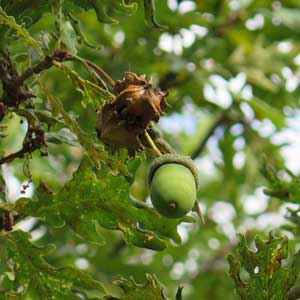 This ‘ Quercus robur heterophylla ‘ actually also presents ordinary acorns… Yet some intruders have appeared on many of its fruits!
This ‘ Quercus robur heterophylla ‘ actually also presents ordinary acorns… Yet some intruders have appeared on many of its fruits!
Intruder, indeed, since this photo shows a gall on oak acorn created by an insect.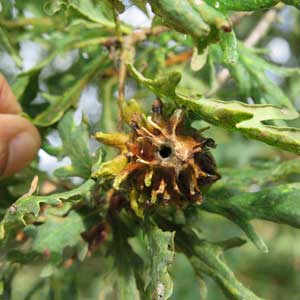
What is a gall on oak acorn?
Some insects (such as cynips) lay their eggs inside the acorn (it may also be on a bud, leaf or flower). The plant, by reaction, produces an outgrowth that is rich in tannins to protect itself against this parasite. This growth has the effect of isolating the insect but in the meantime it also provides a cocoon to the insect!
Live larvae, protected in this cocoon, develop within the plant tissues. They feed themselves from these tissues until they reach insect maturity.
The Cynipidae family has the most insects causing gall on the oaks. The forms of galls depend on the essence and are very varied. These insects are small wasps that have the size of a gnat. They are part of the parasitic attacks that trees can suffer. Galls are not highly harmful. However, if there are too many on the buds or leaves, the tree may have difficulty in performing its photosynthesis correctly. Trees may also suffer if they are deprived of sufficient photosynthesis. Photosynthesis is necessary for trees’ creation of sugar reserves (that may help to support various incidents such as drought, frost, other pathogens…).
Thus, the effectiveness of the tree immunity can be diminished.
Else, gall on oak acorn not only prevent trees to produce viable acorns but may also greatly reduce the oak’s fecundity.
Note: The Hybrid Bartram oak (pictured in this post) ‘ Quercus robur heterophylla ‘ is a natural hybrid derived from the crossing of two species: Quercus phellos and Quercus rubra. So it arises in places where both species coexist.
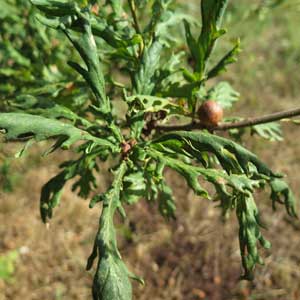

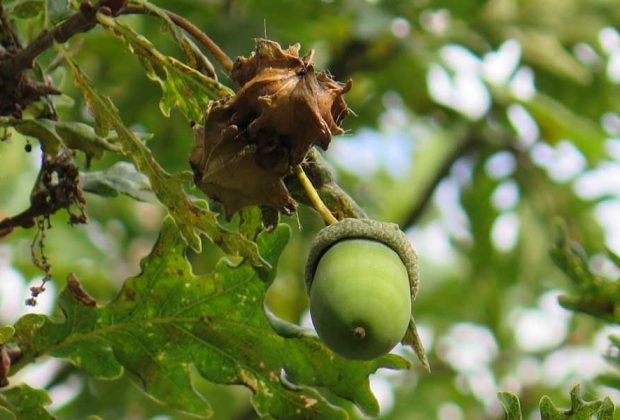
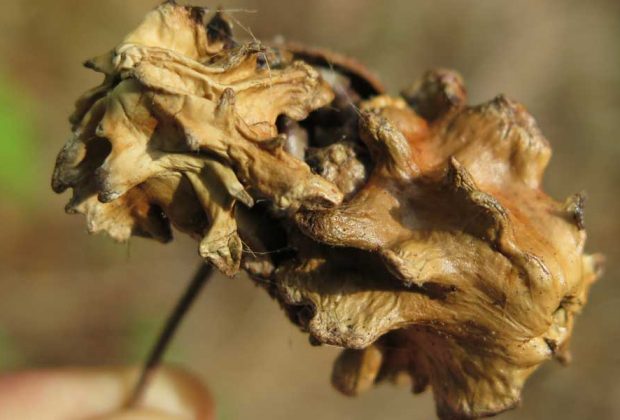
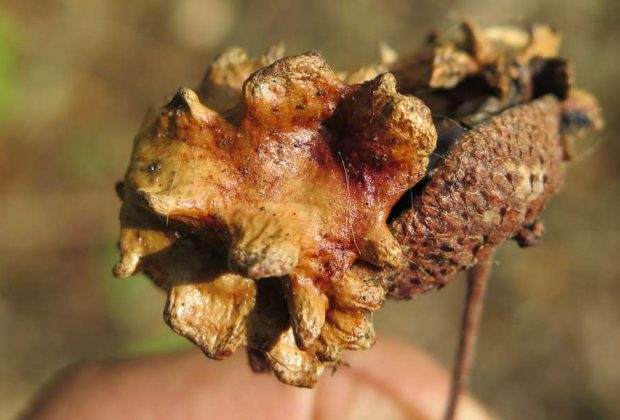
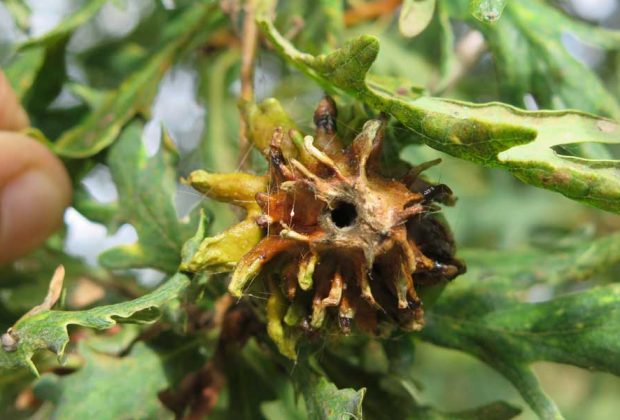
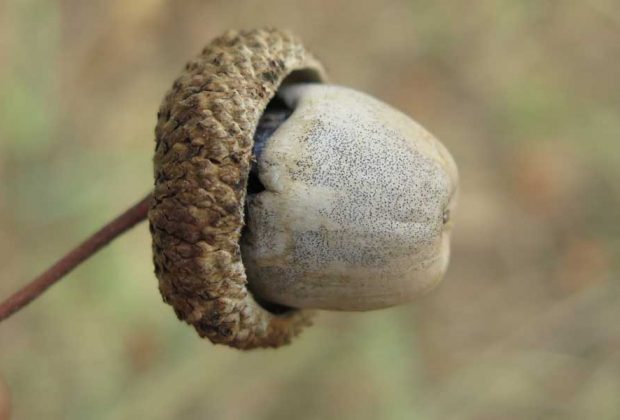
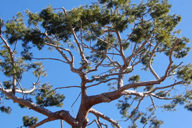
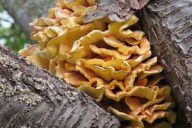
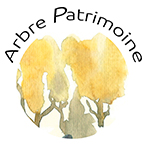 (33)07 60 50 08 70
(33)07 60 50 08 70






